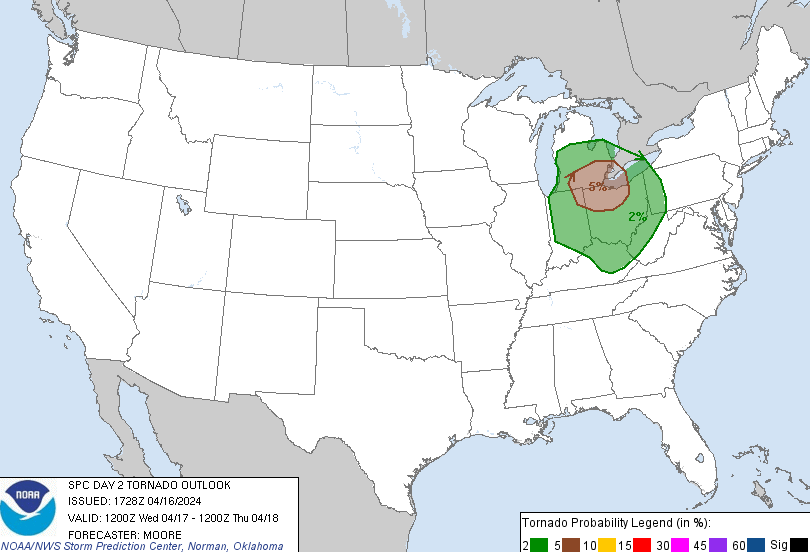By Amy Teibel
The Associated Press
JERUSALEM – After months of inaction, a flurry of diplomatic activity toward reviving Israeli-Palestinian peacemaking is under way.
Secretary of State Condoleezza Rice is planning a summit with Israeli and Palestinian leaders, top Israeli officials are floating peace initiatives and the moderate Palestinian president says he is ready to discuss the outlines of a final settlement.
But with Hamas militants dominating the Palestinian parliament and Cabinet, and weak leadership on all sides, no one expects a deal any time soon.
The U.S. and Israel are trying to build on the “road map” peace plan by initiating confidence-building steps such as easing financial sanctions on the Palestinians and lifting West Bank roadblocks. They are also holding out the prospect of more wide-ranging concessions to help Palestinian President Mahmoud Abbas in his power struggle against Hamas militants.
“We’re at the pre-negotiation stage where the emphasis is on confidence-building measures,” Miri Eisin, a spokeswoman for Israeli Prime Minister Ehud Olmert, said yesterday. “But we’re not talking about the substance.”
The 2003 road map – which outlines a staged plan for creating a Palestinian state alongside Israel – never got off the ground because each side failed to meet its initial obligations. With the Israeli-Palestinian peace process in deep freeze since 2000, and the political rise of Hamas in the Palestinian territories, moderates on each side have found themselves with little choice but to start talking again.
In the past few weeks, the Israeli and Palestinian leaders held their first substantive meeting, and Israel followed up by transferring $100 million in frozen tax revenues to Abbas.
Rice has promised to lead a summit with Abbas and Olmert by mid-February, and is talking about reinvigorating U.S. involvement in Mideast peacemaking.
Meanwhile, the estranged leaders of the two most powerful Palestinian factions, Abbas and Hamas leader Khaled Mashaal, met over the weekend in Syria to try to put together a governing coalition that could negotiate with Israel. Though they did not reach agreement, they said they would continue the dialogue.
Early next month, the so-called quartet of Mideast peace brokers who launched the road map – the U.S., the European Union, Russia and the U.N. – also plan to meet to explore ways to re-energize peacemaking.
Sharp differences have emerged between the Israeli and Palestinian positions, however. The Palestinians oppose an Israeli proposal for a provisional Palestinian state in the West Bank and Gaza, believing Israel could use it to usurp land while the sides negotiate endlessly over so-called final status issues.
It is precisely the big-picture issues – final borders, the status of disputed Jerusalem and the Palestinians’ demand to repatriate refugees and their descendants – that have caused past peace talks to collapse.
“We are for negotiations on a final status agreement, even if there are (confidence-building) steps,” said Nimr Hammad, a political adviser to Abbas. “But (those steps) must be tied to a final status agreement.”
The failure to reach agreement at the Abbas-Mashaal meeting bodes poorly for a resolution that could end months of Palestinian infighting. With Hamas holding so much power, Abbas’ room for maneuvering in negotiations with Israel could be severely limited.
If the international community wants to move ahead in a meaningful peace process, “we have to get our act together internally,” said Saeb Erekat, the chief Palestinian negotiator.
Israel and the U.S. insist they are not abandoning the road map, but rather attempting to find creative ways to revive it.
Israeli Foreign Minister Tzipi Livni and Israeli Defense Minister Amir Peretz have each offered peace plans based on the road map. Livni asked to strengthen Palestinian moderates by painting a clear picture of what a provisional Palestinian state would look like, and Peretz said a final peace deal could be reached within two years.
“Time is running out and we must use it to strengthen the moderates,” Peretz said in a speech yesterday at a security conference.
Speaking later at the same conference, Livni insisted the international community keep up pressure on Hamas beyond statements of principles.
“Now we are demanding that they enforce their values … as a way of strengthening the moderates and weakening the extremists,” she said.
Egypt has questioned the road map’s viability, however, calling for a final deal that would bypass the plan’s initial stages.
Another obstacle to getting peace talks moving again is the weakness of the leading players.
A combination of corruption allegations and Israel’s summer war with Hezbollah guerrillas in Lebanon have widely discredited Olmert in the eyes of the Israeli public.
Although his international standing is strong, Abbas has not prevailed over Hamas. And President Bush has his hands full with Iraq and a dismal approval rating at home, though achievements on the Israeli-Palestinian front could help burnish the U.S. image in the region.
Skeptics do not see real momentum building.
“No one treats the road map seriously any more,” said Yossi Beilin, a dovish Israeli lawmaker who was involved in several rounds of negotiations with the Palestinians.
The re-energized U.S. involvement is intended “to create the impression that the Middle East is on their agenda,” Beilin said. “They want to guarantee a pragmatic Arab coalition, and they know the stumbling block is the Arab-Israeli conflict,” he said. “And since they can’t solve it, they make do with talking about it.”















